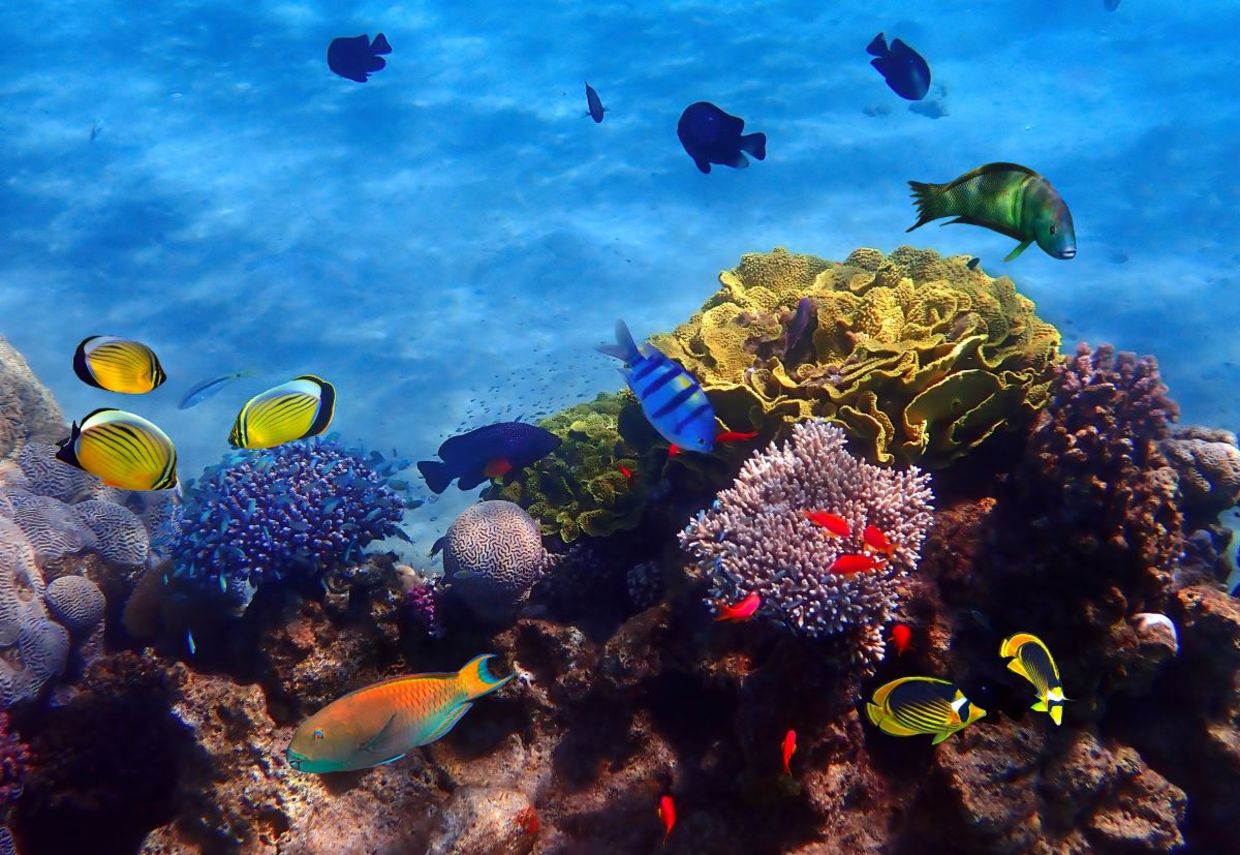
(Sergei25 / Shutterstock.com)
Coral reefs are an important part of ocean ecosystems and although they cover less than one percent of the ocean floor, they provide habitat to 25 percent of marine life. Healthy reefs are home to over 4,000 species of fish and other aquatic life, according to The National Ocean Service.
Climate change, overfishing, and pollution have damaged more than half of the reefs around the globe. While the coral reefs in the Gulf of Eilat – in southern Israel – have been expected to survive in warming waters, this wasn’t the case, reported The Times of Israel. Now Israeli researchers have discovered a way to rehabilitate damaged reefs.
About the Red Sea coral study
The study, which was published in Nature Communication, found that creating an environment of rich and diverse bacteria can help corals recover and begin to thrive.
The research team which was led by Dr. Natalie Levy and Professor Oren Levy from Bar-Ilan University in Ramat Gan, Israel, in collaboration with Professor Ezri Tarazi of the Technion, and Professor David Bourne of James Cook University and the Australian Institute of Marine Science, designed terracotta tiles to try to reproduce the complex structures that make up natural coral reefs.
They placed the tiles in the Gulf of Eilat, on a healthy reef and also on a damaged one. After six months under water, the tiles from the healthy reef that were full of rich, biologically active substrate were transferred to the damaged reef, reported World Israel News. This method is known as a coral reef ecosystem transplant (aCRET). After six months, the corals on these tiles showed substantial improvements.
The results of the study
The findings of the research showed that transplanting a healthy ecosystem could help restore ailing coral reefs. “This innovative approach underscores the critical role of healthy reef ecosystems in restoring coral health and resilience,” Levy, the study’s lead researchers said.
“The results highlight the potential of ecosystem transplantation as an effective, sustainable restoration tool that can be integrated with other coral restoration methods like coral gardening and artificial reefs.”
Still, the researchers suggested that local reefs should be located closer together for the best results and that additional longer-term studies are necessary to test the impact of different coral species and reefs in different locations, according to World Israel News.
“This research advances our understanding of coral restoration and provides an invaluable tool to help address the ongoing global coral crisis,” said Levy. “By using healthy ecosystems to regenerate damaged reefs, we can work towards more resilient, sustainable coral ecosystems that may one day recover from climate change and other threats.”
YOU MIGHT ALSO LIKE:
8 Countries Are Partnering Up to Save Red Sea Coral Reefs
A Bounty of New Corals Found on the World’s Largest Coral Reef
Studying Artificial Reefs Helps Scientists Understand the Ocean







